How to create your own chef’s garden: Tips from Biota's James Viles and Bib & Tucker's Scott Bridger
- Small plates aren't a trend - why it's time for a supper resurgence
- Steam ovens 101: What are steam ovens and how do they work?
James Viles talks about strawberries the way other people might describe ice-cream or their favourite sweet indulgence.
"When you pick a strawberry and eat it, straight out of the garden unwashed, it is the most amazing thing," the Bowral chef says.
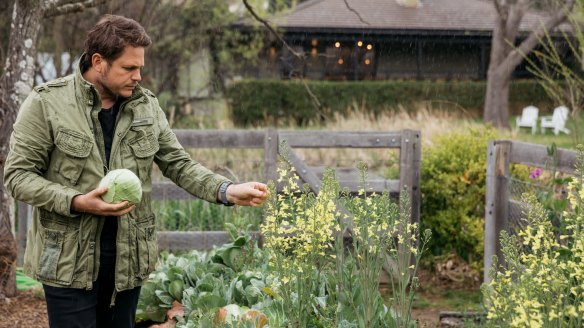
"In perfect ripeness, in perfect sunlight, the perfect strawberry - on a warm day, from a warm garden unwashed. As soon as you rinse it under the tap or put it in the fridge, it ruins it."
His two-hatted restaurant, Biota Dining, has long championed self-grown and gathered produce, with its own vegie patch and polytunnel for seedlings, and in the near future, a new grand terraced garden and orchard.
For Viles, a garden shapes a kitchen in a practical and creative sense: it's affordable, sustainable, and, at Biota at least, "grown in the way it should be grown" – without pesticides or herbicides. "I hope there's a bug in my lettuce because it is from the garden and it was grown without anything else," he says. "A bug's not going to hurt anyone - in fact, eat the bug - it's probably got more nutrients than the lettuce."
A garden is my meditation, my gym, it's my physical exercise, and it keeps me grounded in my head as well.Scott Bridger
Growing produce from scratch also means less wastage, and finding creative ways to cook with the whole plant. "Watching something grow from seed to seedling to plant, and then something you can eat, you get a bit of respect for how long it takes to grow," he says.
Viles believes a garden is part of the lifecycle of a kitchen. Ingredients can be plucked straight from the ground, then kitchen scraps fed to the chooks, which provide the eggs. Other waste is composted, which in turn nourishes plants.
"There's a whole system," he says. "Whatever doesn't get used on a plate or in the kitchen is then composted back into the earth."
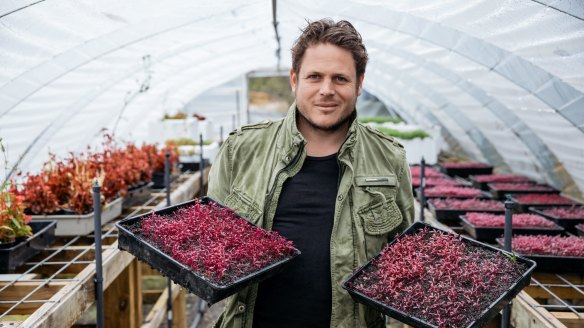
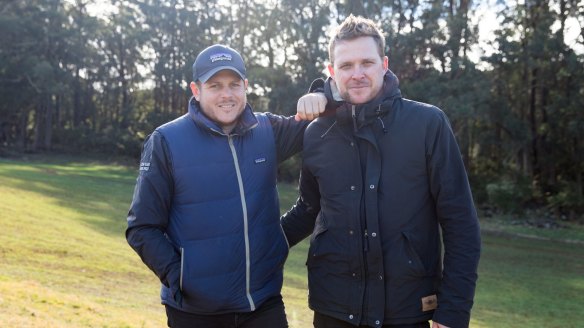
What is a chef's garden?
What, then, grows in a chef's garden? "Heaps of little things," Vile says. "Things you're interested in, things that keep your blood pumping." In other words, vegetables you can't buy - heirloom varieties, unusual plants, hard-to-grow crops or delicate produce that doesn't travel well.
At Biota, this means yaro, amaranth, fennel, black nasturtiums and broad beans, or sunflowers (grown for their leaves) and unusual varieties of rocket. His elderflower trees took seven years to mature from seed and harvest. And the new orchard will grow heritage apples and pears alongside walnuts, chestnuts and fig trees.
Western Australian chef Scott Bridger, who gardens at home and has a patch for his Fremantle venues Bib and Tucker and May Street Larder, agrees. He grows garnishes, flowers and edible weeds such as nettles, chickweed, radishes and violas.
Bridger lets his garden guide his menus, so winter means an abundance of broad beans, leek and garlic, while spring includes faster-growing plants such as beetroot, snowpeas and butter beans, and summer is all about heirloom cucumbers, eggplants, tomatoes, chilli and zucchini.
"The beautiful thing about growing in the backyard is it's all there, you don't have to go to the shops," he says.
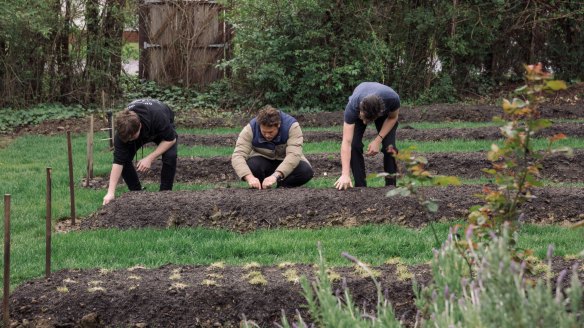
Start from the ground up
Building a garden bed with healthy well-composted soil in a sunny spot before you start planting is the key to a flourishing garden, Bridger says.
"If you have good soil, you'll have good vegetables and plants," he says. "If you don't have good soil, bugs and disease will kick in."
Start small, and steer away from anything too neat and tidy: "Some of the best gardens are all about diversity. It looks unorganised and messy because it has bits and pieces everywhere but there's a method to it and it works really well."
Viles suggests checking your soil's depth and pH. Certain plants prefer more root space, or a slightly alkaline or acidic soil, so you might need to add extra soil or minerals, nutrients or fertiliser before you start planting. Good drainage is essential too, or your roots will rot.
In terms of building up beds, Viles prefers old wooden railway sleepers or raised garden beds made from corrugated water tanks half buried in the earth. If you're limited to a balcony or courtyard, punch holes in deep styrofoam boxes, fill up with soil and "you have a great little perfect garden bed".
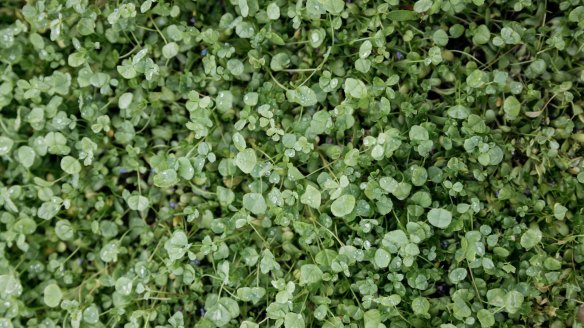
Soak it up
Take things slow and don't overcomplicate your garden early on, Bridger says.
"It's very similar to cooking - once you get into the kitchen and you enjoy cooking and have some successes you just want to try more things," he says.
"Gardening's the same. Once you get into the garden, you start enjoying it and seeing the fruits of your labour and it gets addictive - you want more."
If you're stuck in the garden, Viles suggests consulting a good practical guidebook and finding publications that explain concepts such as crop rotation, irrigation and soil contamination. Natural pest control, companion planting and other sustainable systems are worth reading up on, too.
Clubs or seed purveyors such as Diggers, Eden Seeds or Greenpatch mail out planting guides and catalogues, and can answer questions over the phone.
"You can't just plant a tree and be able to make something two or three years later," Viles says. "A garden is not an overnight project. If you're going to do it, you need to have plans with your planting."
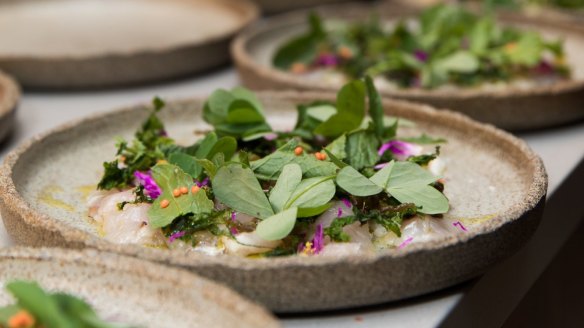
Cooking from the earth
Using the whole plant is a key strategy for both chefs. Viles looks to history books as a guide, using fig leaves to split milk and wrap ingredients over the grill, or even make ice-cream. Bridger shaves broccoli stems over salad, and pairs garlic stalks called scape with scampi or marron.
"We purposefully let things go to seed like rocket and lettuce, so ... we use all the flowers on our dishes as well," Bridger says.
He preserves or ferments surplus produce – a technique he mastered during the decade he spent cooking on private yachts. "We would see these amazing vegetables in the Italian markets, and we would then pickle everything down on the boat."
At home, he prefers to dress cooked vegetables simply with olive oil and lemon juice, or cook them in his steam oven, and build a textural salad with grains and chicken.
"With steaming, we're not losing all those minerals, flavours and colours," he says. "Say we get a sweet potato, we'll put it on a roasting-steaming setting [on the steam oven] and it will cook beautifully - when we cut it open it's really juicy but it has those roasted caramelised flavours as well."
Connect with food
Most of all, enjoy your time in the garden, and let it guide your cooking, Bridger says.
"A garden is my meditation, my gym, it's my physical exercise, and it keeps me grounded in my head as well," he says.
"Gardening ignites imagination with food - because you're growing it yourself, you start thinking about what you want to do with it."
The writer travelled to Bowral as a guest of Electrolux and Biota Dining.
The best recipes from Australia's leading chefs straight to your inbox.
Sign up